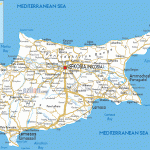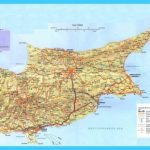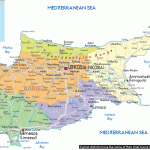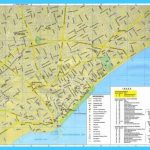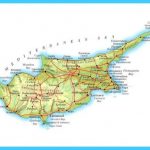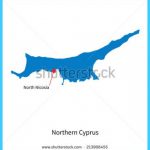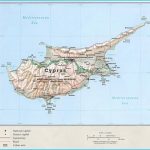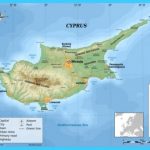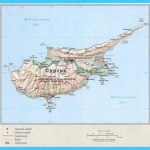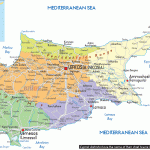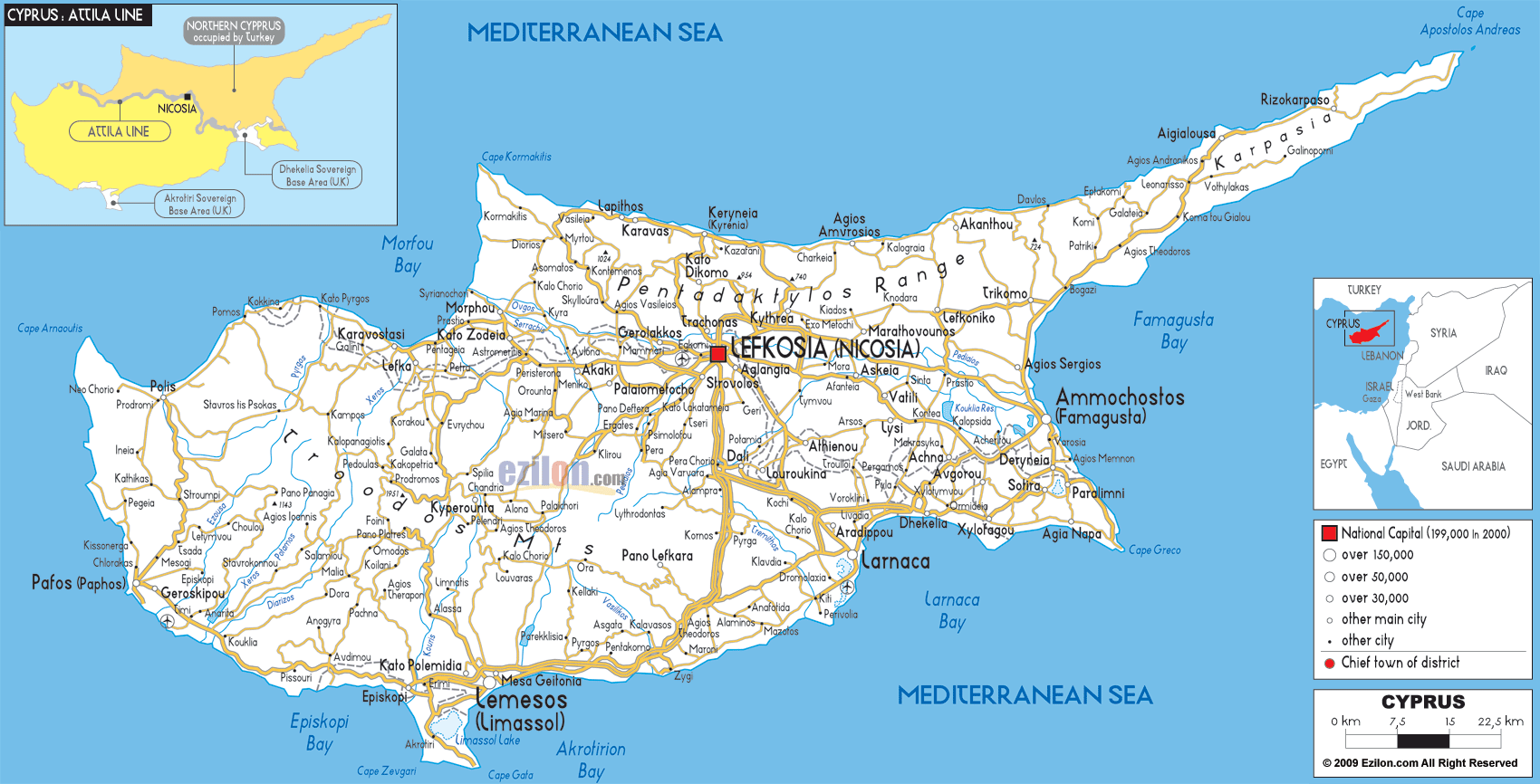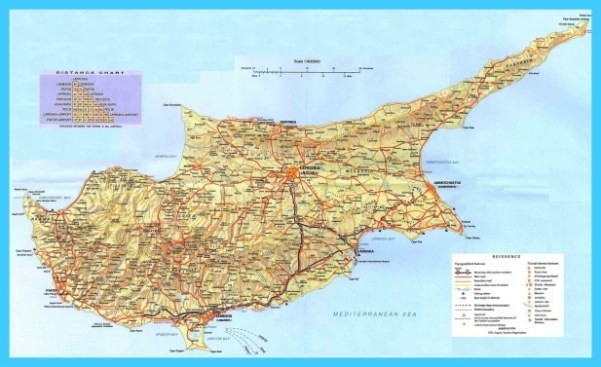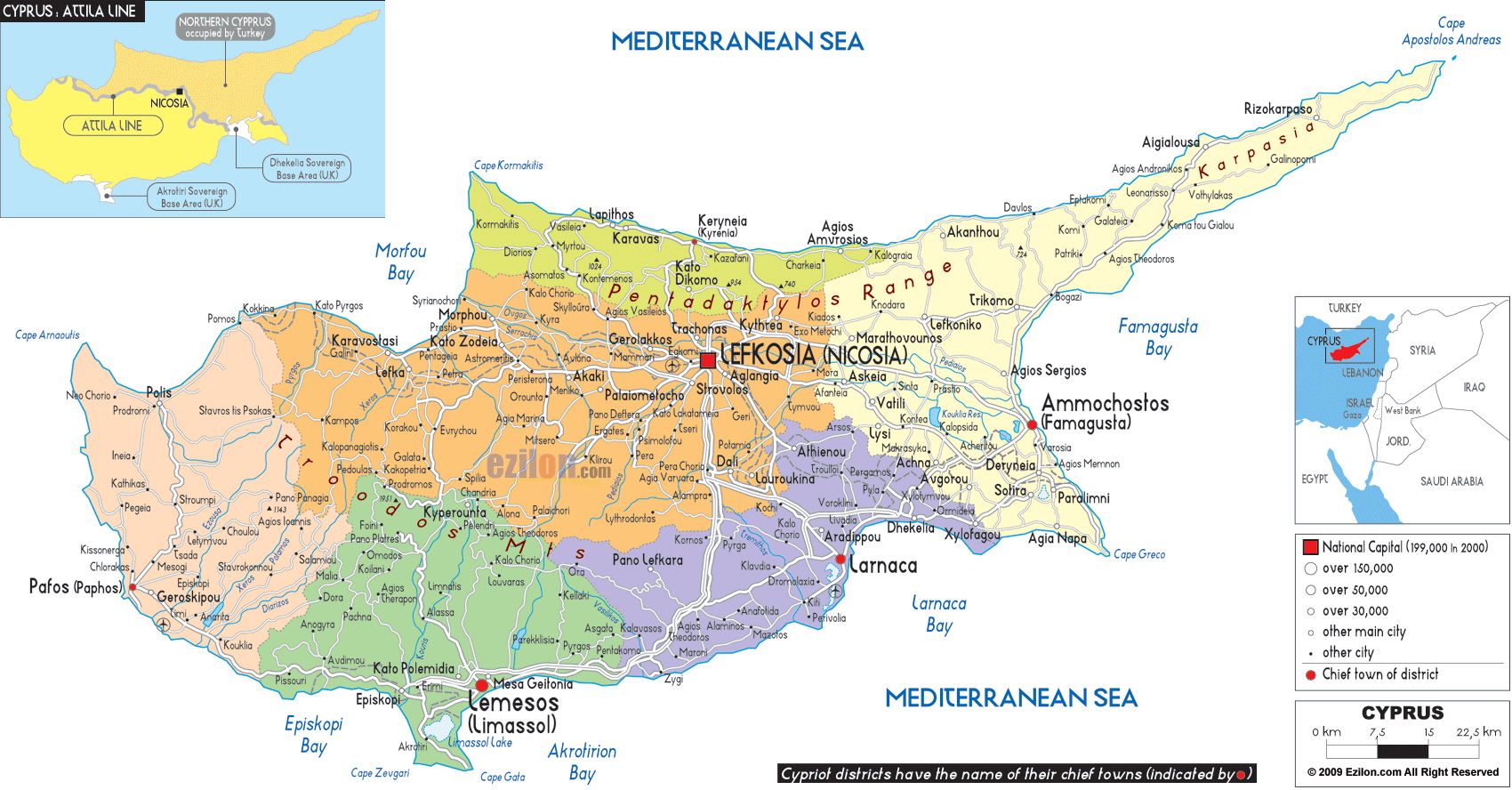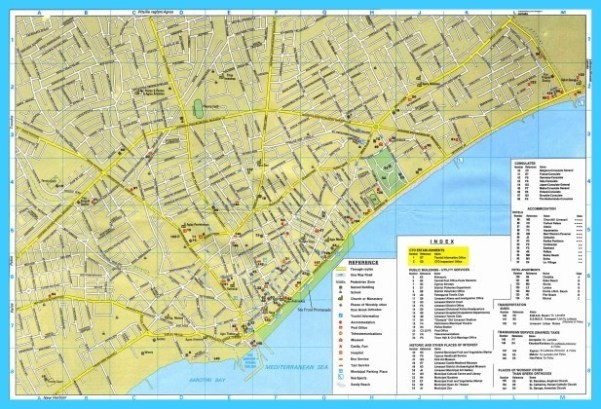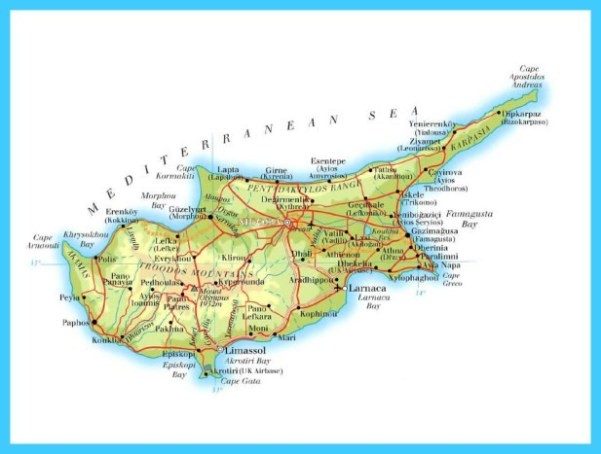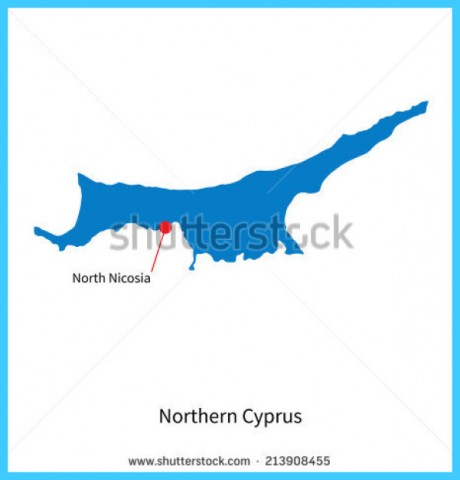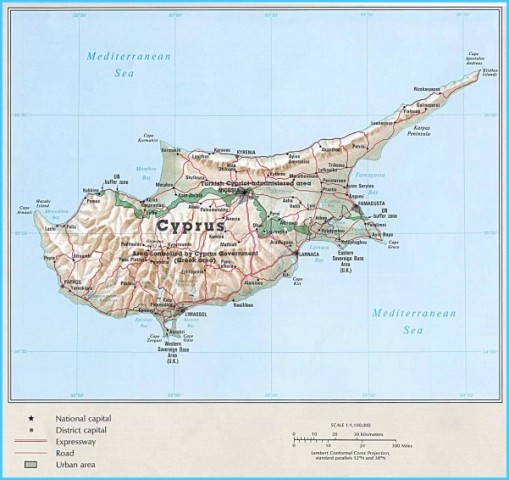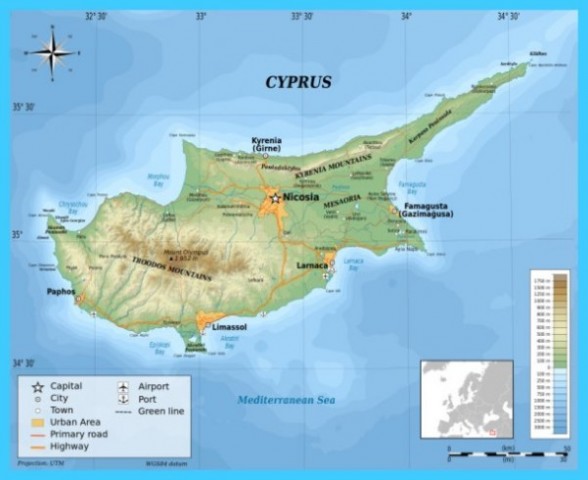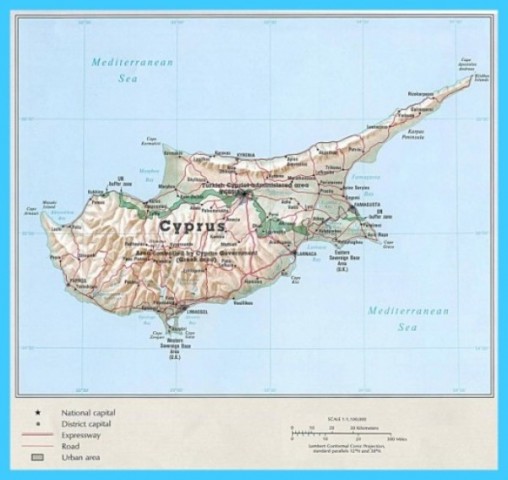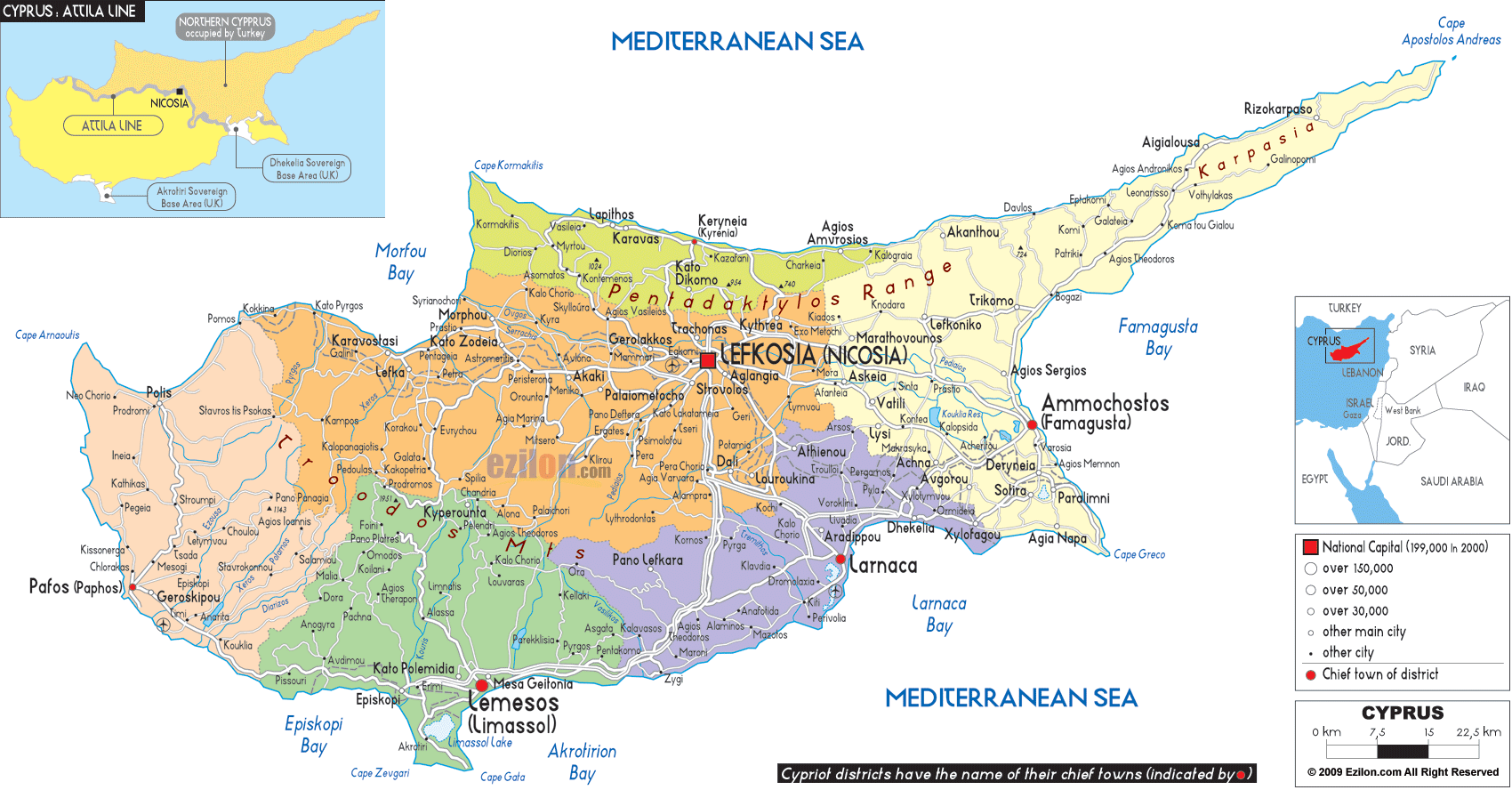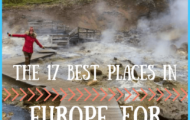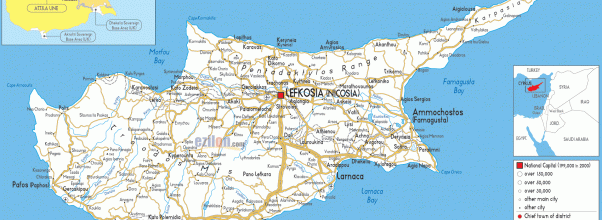
Kampi Farmaka
Klirou. Many traditional houses are still preserved, while the parish church of Panagia Evangelistria contains old portable icons derived mainly from the disappeared chapels of the village. The old monastery of Lagnis, now entirely ruined, was, according to Kyriazis, served by nuns living in monastic cells. According to a local tradition many years ago Turks from the village of Arediou came in mid-July and stole the beams from the roof of the church. But hardly had they left the building when hailstones killed their animals. Kalo Chorio (Klirou). The age of the village is not known, though the church of Agios Georgios with its artistically decorated thin belfry is a building of 1633. The presence of large red jars used in the past for wine-storing, a well from where water was taken to the surface from a bucket and the impressive deep ravines and river terraces are the most interesting features of the village. Agios Epifanios. About 30km from Nicosia and 2km to the right of the main Nicosia-Palaichori road lies Agios Epifanios with scattered houses on the periphery, enjoying a boundless view. Agios Epifanios is, currently, a village where people from the capital build secondary houses. Apliki. The old settlement, to the east, on the bank of the valley, is currently ruined with the church of St George restored. Restaurants, and cafes, recently set up in the village, attract travellers. Farmakas. The Koshinas spring, two reservoirs and numerous small private ponds encourage limited irrigation of vegetables and orchards but particularly tomatoes. The three-aisled, steep-pitched church of Agia Eirini, originally, according to Jeffery, a monastery, was built in 1842 and restored in 1872. Kampi is probably the best example of nucleated and compact rural settlement preserved in Cyprus with a history dating back, at least to the Knights Templar, since it was a village belonging to the Grand Commandery. It is exceptionally interesting as far as its traditional architecture is concerned.
Exploring the middle valley of Peristerona including adjacent villages
Route: Orounta, Kato Moni Agia Marina, Xyliatos dam and excursion site of Xyliatos, Panagia excursion site Orounta. It is one of the few villages of Cyprus where you can meet real farmers. Close to the river bed is the old monastery of Agios Nikolaos, probably dating from the 16th century. It was repaired in 1733 and most probably was abandoned during the Ottoman rule. Above the west door of the church, well-constructed with hewn limestone blocks, is a crude stone carving of the lion of St. Mark. The ruined cells, the well and the olive-mill are remnants of a possibly large and thriving monastic community. The monastery has been renovated as from 2001 and is currently functional with nuns who settled there. Kato Moni, a village of the Grand Commandery, initially belonging to the Knights Templar and later to the Knights of Jerusalem, is a village cultivating dry-fed crops and raising pigs. Agia Marina retains a few traditional houses built with large pebbles and mud bricks having a steep-pitched tiled roof and wooden balconies. Among the restored buildings is the church of Agia Marina in the center of the settlement. Xyliatos, probably pre-medieval settlement, retains some traditional houses with two-storeyed buildings and wooden balconies with external wooden staircases supported by wooden poles. It is a twin village with Chandria, on the Madari ridge, which exercised transhumance with Xyliatos in past decades. The mine of Memi, within the administrative boundaries of Xyliatos, does not function anymore, though the large scar, a deep basin with yellow-brown coloured water, is still present.
Cyprus Map Airports
Xyliatos dam
About 2km south of Xyliatos, lies the dam of Xyliatos with a capacity of 1.250.000 cubic metres of water, constructed between 1980 and 1982. A few benches allow the traveller to sit down and enjoy the dam with its tranquility. A track around the periphery of the basin permits enjoyable walking. Xyliatos picnic site lies along the valley of the Xyliatos river, north of the dam, comprising all amenities, including barbecue. Panagia bridge is an excursion site with all amenities on one side of the main road to Platanistasa. On the other side of the road lie a few buildings of the nearby forest station, a small meteorological station and an enclosure for the processing of pine-cone seeds.
Journeying along the valley of Solia
Route: Skouriotissa, Katydata, Linou Agios Epifanios, Flasou,
Agroladou, Korakou, Evrychou, Temvria, Kaliana, Sinaoros,
Galata, Kakopetria, Platania, Agios Nikolaos Stegis Skouriotissa. Between the villages of Katydata and Agios Georgios, the hill of Foukasa constitutes a dominant feature, exhibiting scars of mining and mine-waste. Most probably copper smelting on the locality commenced in the Early Bronze Age. A few excavated tombs date back to the Bronze Age as well as to the Roman period. Recent copper and iron pyrites mining started in 1912, though the Cyprus Mining Co. (C.M.C.) was set up in 1916. The first exports of copper and iron pyrites started in 1923 and continued until 1942. The mining operations were interrupted in the second world war, but recommenced in 1960. Between 1933-1942 about 1.862 kilos of gold and 12.142 kilos of silver were produced, while between 1979-1982 the production amounted to 561 kilos of gold and 1.682 kilos of silver. The church of Panagia Skouriotissa is the last remnant of an old monastery dating back to the 15th century. Most probably it was dissolved in the 18th or the 19th century. Katydata is a very old settlement, tightly associated with the mining of the adjacent area. Even up to the decade of 1950 hundreds of miners were living in the village. Some traditional houses, built with large pebbles and mud bricks, are architecturally interesting. The village impresses with its abundant greenery. Linou like all other villages of northern Solia valley, is a village of olive-trees. The most significant sites of interest are: the bridge between Agios Epifanios and Flasou-Linou, probably Venetian, the
Cyprus Country Map
Church of Agios Sozomenos water-mills along the Kargotis river, the parish church of Pantanassa with its superb belfry and the old church of Agia Marina.
Cyprus Map Detailed Photo Gallery
Agios Epifanios, is an abandoned Turkish-Cypriot village. The name of the village implies a Byzantine settlement. The church of Agia Mavri dominates the Valley of Solia. Flasou. A relatively large olive-press has been set up in the village, serving olive-growers from all over the valley of Solia. An old water-mill, the two churches of Agios Dimitrianos and Agios Georgios as well as the greenery of the village are of particular interest. Agroladou is an abandoned settlement with almost all houses ruined. The church of Agia Varvara on the bank of Kargotis is steep-pitched, built with local building material. Korakou is a village of abundant greenery, of old water-mills and of traditional houses with flowered gardens around. Three churches of Korakou are very interesting: the church of Eleousa, three-aisled with a large women’s gallery and old portable icons dating from the 18th century; the church of Agios Loukas, on a rise, dating back to the 17th century; the church of Agios Mamas, a shed-like building of the 17th century, containing an icon of Panagia dated 1749. Evrychou, lying in the middle of the green valley of Solia, is rich in natural vegetation as well as in irrigated crops, like orchards, citrus, olive-trees and vegetables. Evrychou was the western terminal of the Cyprus Railway Line which started from Famagusta, passed through Nicosia and ended up in Evrychou, where the old railway buildings are still preserved. Currently, it is a service center with a Secondary School, a police station, a hospital and branches of many Government Departments. Even the displaced bishopric of Morfou is temporarily stationed in the village. Apart from the churches of Agios Georgios and Agia Marina of the last century, the chapel of Agios Kyriakos, of the 15th century, lying in the cemetery of the village, is an untouched medieval tomb church. The tomb of St. Kyriakos lies in an extension of the main church. Most probably the chapel of Agios Kyriakos was originally covered with paintings. Temvria. A glass house for the production of hydrangeas has recently been set up in the village. Stefanos Byzantios refers to Temvria as an ancient settlement where Apollo Ilatis was worshipped. There are two churches in Temvria: Agia Paraskevi and the Holy Cross, on a rise, dominating the Solia Valley with its steep-pitched architecture. Kaliana administratively extends down to the valley of Kargotis, where currently all economic and social activity is focused. The village is well known for its old khan on the bank of the river, with its superb arches, the mud brick walls and the sloping tiled roof. Most probably the two-storeyed building was constructed at the beginning of this century, with additional restorations in 1906, 1923 and 1932 as well as in recent times. The khan was a meeting place of Cypriots from different geographical regions, whose main occupation was the transportation and sale of different agricultural produce. In the old settlement some traditional houses impress with their architecture, while the church of Agioi loakeim and Anna, built originally in the 12th century, contains valuable paintings like the Forty Martyrs. Some remnants of the Birth of the Virgin Mary of the early twelfth century, have recently been discovered inside the bema. The wood-carved and gilted iconostasis appears to be very old, while some portable icons are quite interesting. A fifteenth-century icon bears on one side Crucifixion and on the reverse Panagia Odigitria. Besides, on the beams of the ceiling are painted Lusignan coats of arms. Sinaoros. Important site of interest is the steep-pitched church of loannis Theologos, on a rather abrupt slope, built with local building material. Galata. In Galata traditional architecture is almost unique with wooden balconies and wooden staircases. At the village square under the shade of a centuries-old oaktree and a few plane-trees the visitor can relax. The old water-mill of Kyrillou has been restored, though not functioning regularly. Galata is famous for its six medieval churches which constitute cultural treasures not only for the village itself but for Cyprus as a whole.
Cyprus Map Download
Church of Panagia Podythou
The churches of Agia Paraskevi, Agios Georgios and Agios Nikolaos unfortunately have lost their paintings. The frescoes, however, of the churches of Archangelos Michail, Panagia Podithou and Agios Sozomenos are rich and undoubtedly attract numerous visitors. The single-aisled, timber-roofed church of Archangelos Michail, is also known as church of Panagia Theotokos. It is completely painted in the post-Byzantine style of the early sixteenth century. The visitor could start his artistic exploration with the frescoes above the north door, with the painting of Deisis showing Christ enthroned, flanked by Virgin Mary and St. John the Baptist. At the bottom is a group of donors, a coat of arms and the dedicatory inscription. From the painting it appears that the church was a family church of the early 16th century belonging to the Venetian family of Zacharia. The rest of the paintings appear into two rows: the upper row includes scenes from the life of Christ and the Madonna, while the lower row depicts saints. In the south wall are represented: the Annunciation, the Birth of Christ, the Presentation of Christ in the Temple, the Raising of Lazarus, the Entry to Jerusalem, the Transfiguration and the Last Supper.
In the west the visitor sees Christ Emmanuel, the Archangels Michail and Gabriel, the Crucifixion, the Deposition, the Washing of the Feet, the Agony in the Garden, the Betrayal, Christ before Anna and Caiafas, the Denial of Peter, etc. On the north wall, the compositions are: the Mocking, the Scourging, the Mourning, the Resurrection, the Meeting of Ioakeim and Anna, the Dormition, etc. In the lower row are saints, among whom John the Baptist, Agios Sozomenos, Agios Georgios, Agios Dimitrios, Sts Constantine and Eleni. In the bema are the Sacrifice of Isaak, Abraham entertaining the Angels, the Ascension, the Deposition and others.
Entry into Jerusalem, fresco from the church of Agios Nikolaos tis Stegis (Ph., courtesy of the Archaeological Museum)
Close to the church of Archangelos Michail lies the church of Panagia Podithou, of the steep-pitched-roof type, with ventilators recently opened on the roof. It was originally a small monastery. The paintings belong to the Italo-Byzantine school of painting which developed in Cyprus at the end of the 15th century, after the occupation of the island by the Venetians (1489). According to the dedicatory inscription in the exterior western pediment, the church was erected in 1502 A.D. The enclosure is a subsequent feature. Above the west main entrance is depicted the
Resurrection, while in the conch of the apse is Virgin Mary with Christ in her lap, with the Communion of the Apostles below. Christ administers bread to six apostles and wine to the rest. The paintings exhibit art, colour, movement and expression. In the pediment above the apse are depicted two scenes concerning Moses. On the south and north walls of the bema is the story of Ioakeim and Anna in six compositions, ending up with the birth of Virgin Mary. The crowded Crucifixion in the west pediment is an interesting fresco with the two thieves on either side of Christ, a mounted soldier on a horse who has just speared the right side of Christ, while on the foreground Virgin Mary is fainting. The church of Agios Sozomenos, in the middle of the old settlement, is of the steep-pitched-roof type with an enclosure added later. The church was restored in 1963, while its paintings belong to the post-Byzantine school of painting. An inscription on the west door records the erection of the church in 1513 with the contribution of 13 villagers. The frescoes include two series: the upper one refers to subjects from the Bible, particularly from the life of Christ and Panagia, while the lower series includes Saints. On the south wall are depicted the Annunciation, the Birth of Christ, the Presentation of Christ in the Temple, the Baptism, the Last Supper, the Washing of the Feet, etc. On the west pediment are depicted, among others, the Denial of Peter, Christ before Annas and Caiafas, the Mocking and Burial, the Resurrection, a large fresco of St. George, the Dormition, etc. On the north wall (upper zone) the visitor sees the mardyrdom of St. George, the meeting of Ioakeim and Anna, the birth of Virgin Mary, Joseph receiving Virgin Mary from the Temple, etc. In the bema is depicted the Descent of the Holy Spirit, the Sacrifice of Isaak, etc. On the north wall outside are the Last Judgement, the Seven Oecumenical Councils of the church as well as the painting of St. Sozomenos. Apart from the frescoes, the iconostasis of the church is gilted, some portable icons are valuable, while the beams are carved. Kakopetria is the southermost and certainly the loftiest village of the Solia Valley, surrounded by the greenery of orchards and vegetables with tall alder, plane and poplar-trees growing on the banks of Kargotis river. The western part of the settlement is more compact, with narrow, meandering streets, the two-storeyed houses having steep-pitched roofs, while the balconies and the tiled roofs are made of wood. This is the older part of Kakopetria with its traditional architecture, while the eastern part consists of modern, more spacious houses which do not differ much from the houses in the towns. There are also some interesting sites of interest to visit like: (a) Platania picnic site. This is one of the largest picnic sites of Cyprus south of Kakopetria, under the plethoric and tall plane-trees from which it obtained its name. There is a large variety of forest species around, and a few tracks to follow for more relaxation or exploration. All amenities, including barbecue, are available including children’s games. The picnic site can host 2000 persons. (b) Fresh water trout fishery Just opposite the Platania picnic site, on the bank of the river, functions a fresh water trout fishery. Around the tanks of water grows a rich and varied vegetation. (c) The water-mill of Kakopetria. This well-known water-mill about 800m from the village square, was functioning as from the 18th century until recently. It lies on a stream, tributary of the Kargotis river, amid rich natural vegetation. It gathered people from many parts of Cyprus. It is, currently, restored and constitutes a site of interest. Close by a three-storeyed restaurant caters for tourists, while trout is its speciality. (d) The church of Agios Nikolaos tis Stegis (St. Nicholas of the Roof).
Maybe You Like Them Too
- The Best Places To Visit In North America For Christmas
- Faro Travel Guide: Map of Faro
- Mumbai Travel Guide For Tourists: Map Of Mumbai
- Travel to Budapest
- Thailand Travel Guide for Tourists: The Ultimate Thailand Map

